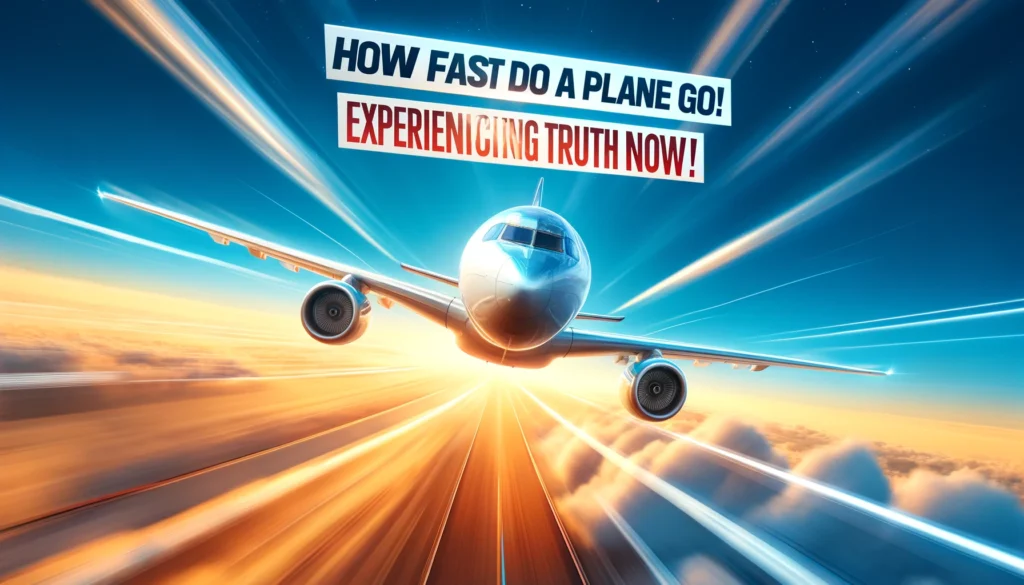The most intriguing aspect of air travel is surely the speed that planes can reach when flying in open skies, especially when reaching the cruising altitude. Moreover, knowing the speed at which a plane travels enables you to better appreciate the engineering masterpieces that make the concept of rapid, speedy travel a reality. Furthermore, This article discusses the range of speeds of different aircraft types and explains ‘how fast do a plane go’.
How Fast Does A Commercial Plane Go
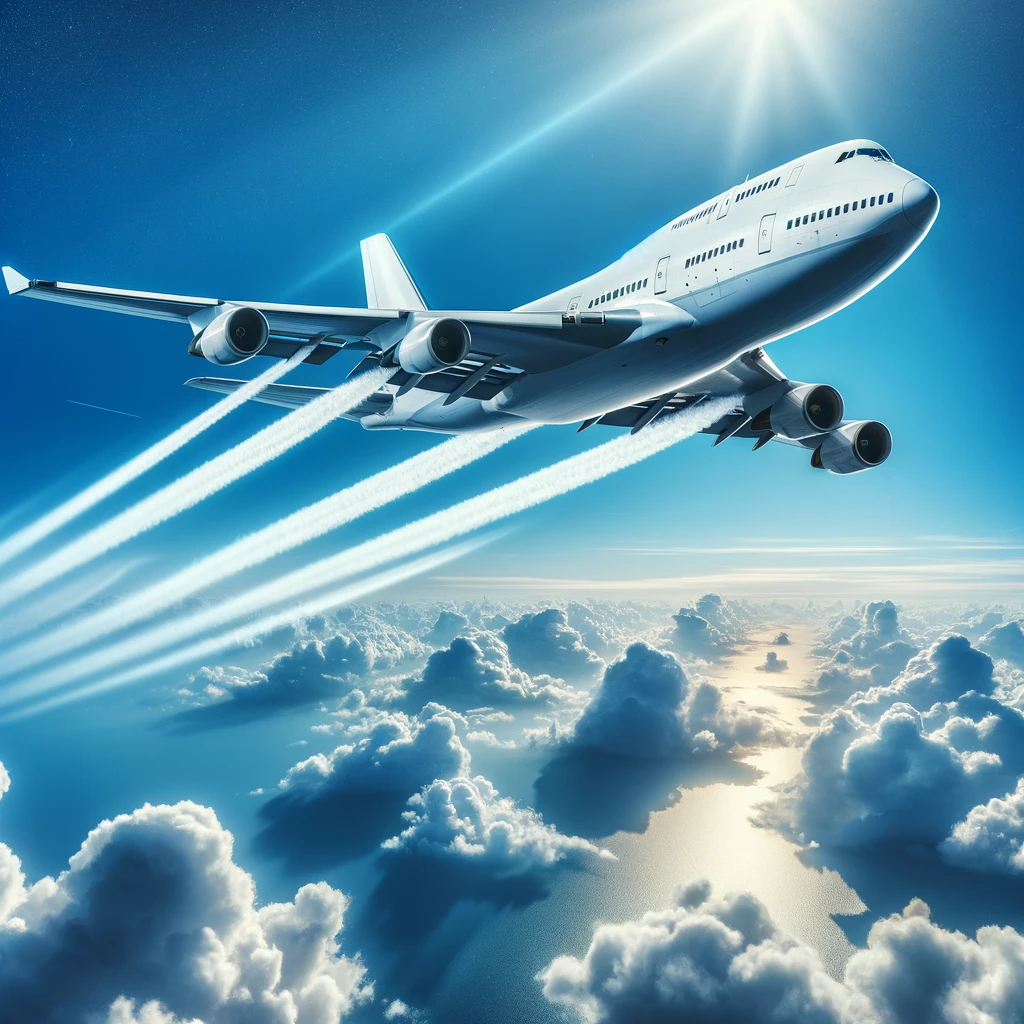
Commercial passenger airliners are the most commonly used aircraft for passengers. These aircraft are intended to have efficiency and comfort as critical characteristics while covering long distances. Moreover, The typical cruising speed of a passenger airline is about 500 to 600 miles per hour (800-965 kilometers per hour). That is the reason airlines can give quick travel times and fuel economies.
Likewise, the most utilized narrow-body commercial aircraft, such as the Boeing 737 and the Airbus A320, have top cruising speeds of approximately 870 to 915 kilometers per hour or 540 to 570 miles per hour. Moreover, such speeds suit local and middle-distance flights and almost guarantee on-time arrivals. However, Big aircraft like the Boeing 777 or Airbus A350 can cruise fast (560 mph or 900 kph) and cover long routes like transatlantic flights.
Speed of Private Jets
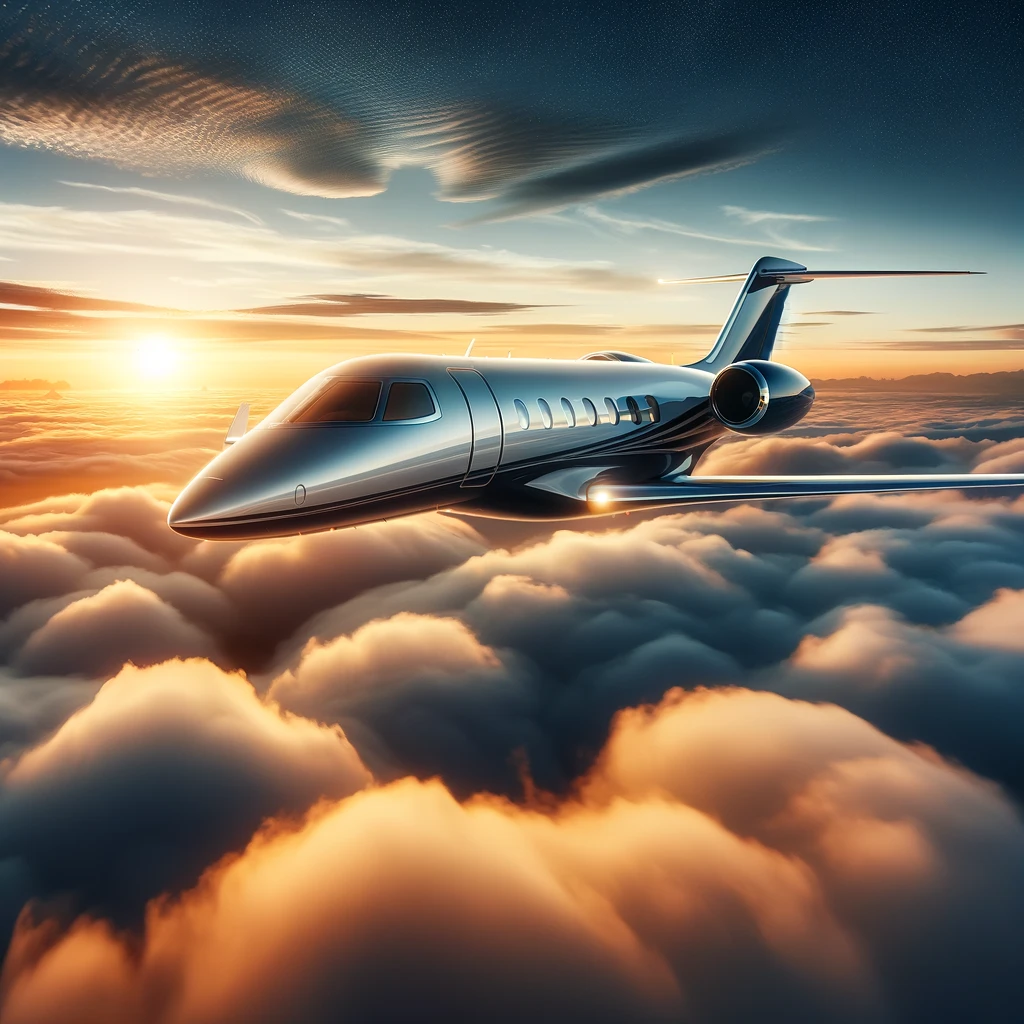
Private jets have become synonymous with luxury and convenience; however, they are equally known for their unmatched speed. Thanks to their smaller size and improved aerodynamics, these jets can fly at a faster speed than commercial aircraft. Moreover, Private jets usually fly between Mach 0.8 and Mach 0.9, which,h is about 600 to 700 miles per hour (965 to 1126 kilometers per hour).
Speed of Military Aircraft
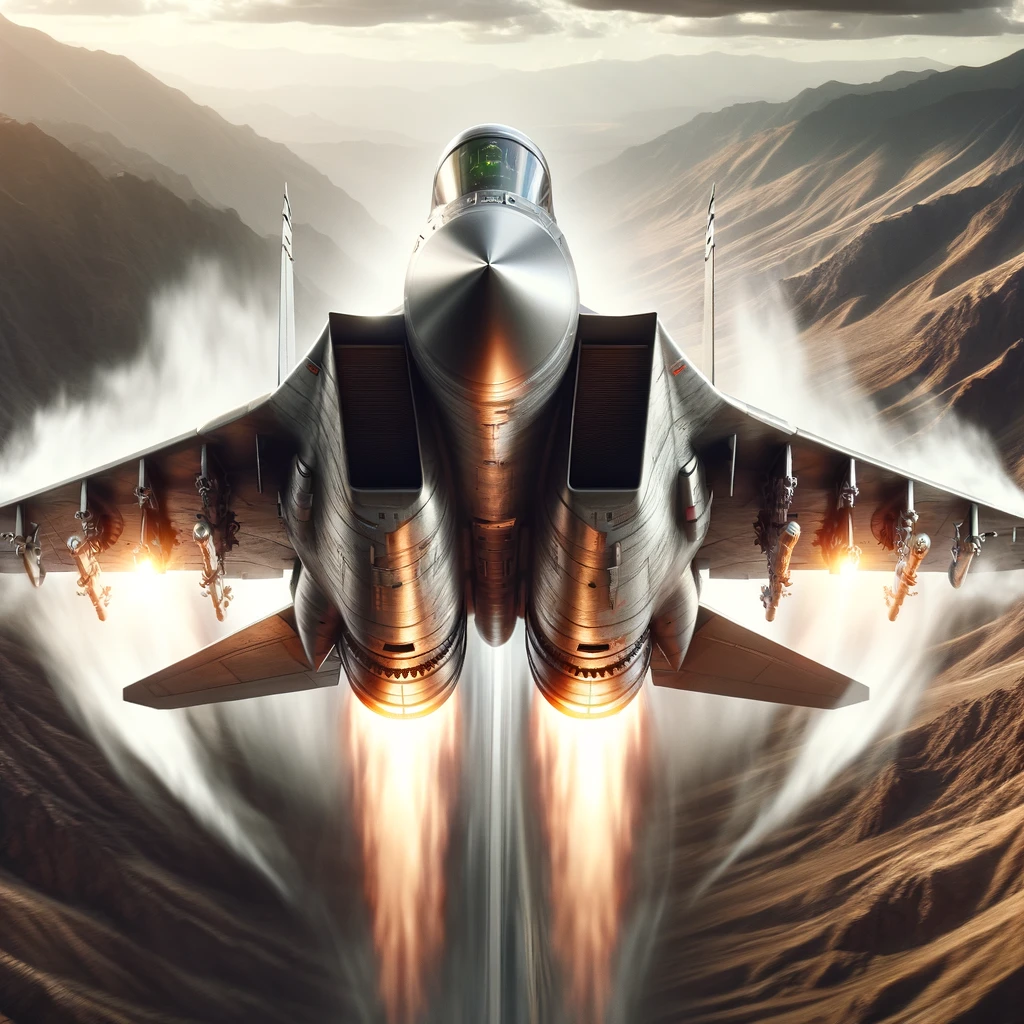
Military aircraft are manufactured to obtain high speeds and flexibility. This allows them to carry out complicated maneuvers and reach their targets quickly. They can manage speeds that are much higher than what commercial or personal jets usually reach. For instance, fighter jets like the F-22 Raptor can achieve speeds up to 1,500 miles per hour, which is 2414 kilometers per hour.
Types of supersonic military aircraft, such as the SR-71, can reach speeds of more than 2,000 miles per hour (3219 kilometers per hour). However, These high speeds are paramount for intelligence-gathering missions or quick-action scenarios, confirming that the aerospace military department is outstanding. Furthermore, The MiG-25 Foxbat is one more example of such aircraft, reaching a top speed of 2170 miles per hour, which is nearly 3492 kilometers per hour. Therefore, it is the fastest military aircraft ever built.
The speed of Supersonic and Hypersonic Planes
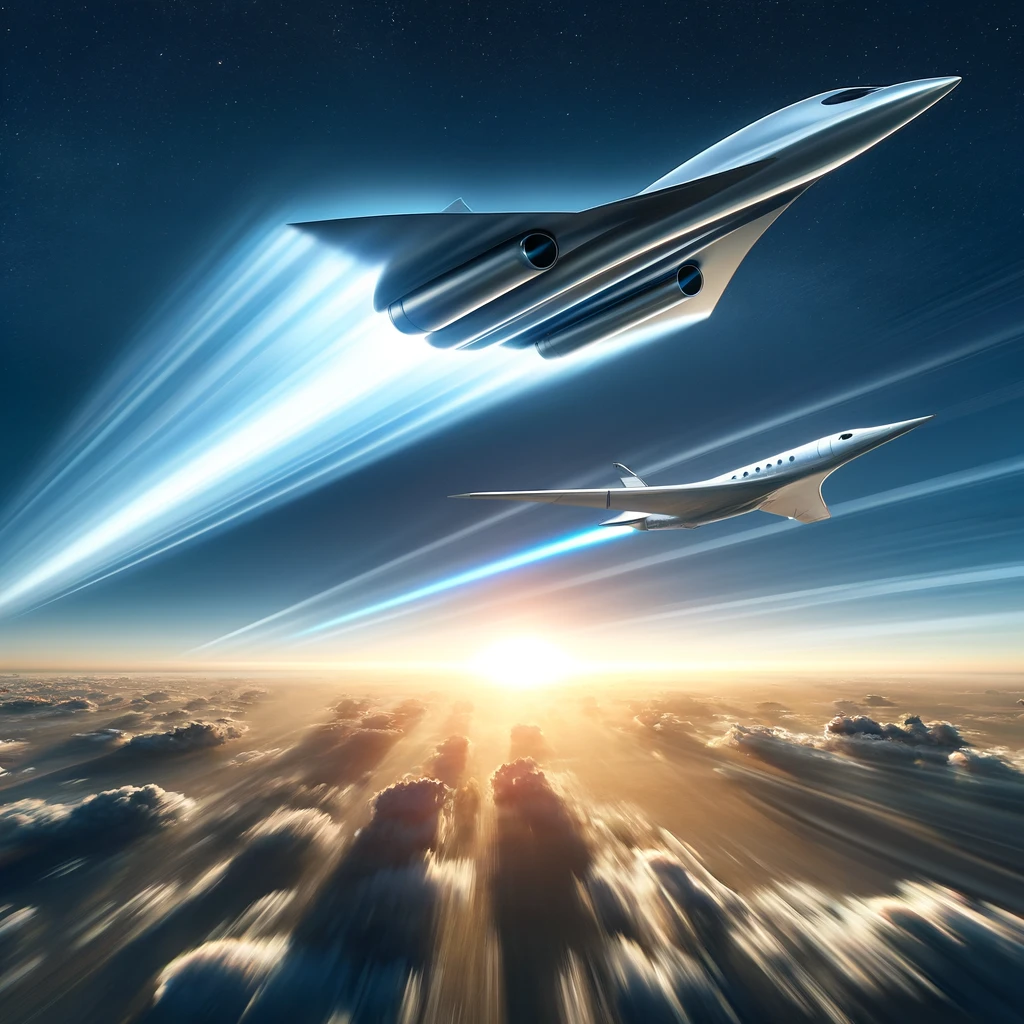
Basically, Supersonic and hypersonic planes are the most advanced aircraft in the airline industry. Because, they were conceived to fly at a speed over the speed of sound (Mach 1, or 767 miles per hour or 1,235 kilometers per hour at sea level).
The Concorde jet, now obsolete, could fly at approximately 2180 km/h, which used to be enough to cross the Atlantic Ocean in less than 4 hours. Moreover, Research and development activities associated with developing supersonic and hypersonic aircraft are ongoing, with the capability to surpass the speed of Mach 5 (3,836 miles per hour or 6173 km per hour). Considering the case of the experimental X-51 Waverider developed for the U. S. Air Force, Furthermore, this hypersonic aircraft broke speed records reaching Mach 5.1 and getting a top speed of about 3,913 miles per hour or 6297 kilometers per hour as I neared the beginning of my flight.
How Fast Do Different Types of Aircraft Travel? An Overview
| Type of Aircraft | Aircraft Model | Top Speed (mph) | Top Speed (km/h) | Service Ceiling (feet) | Notes |
| Commercial Airliners | Boeing 747-8 | 614 | 988 | 43,000 | One of the fastest commercial airliners. |
| Airbus A380 | 634 | 1,020 | 43,000 | Largest passenger airliner in the world. | |
| Boeing 787 Dreamliner | 561 | 902 | 43,000 | Known for its fuel efficiency and long range. | |
| Private Jets | Gulfstream G650 | 704 | 1,134 | 51,000 | One of the fastest private jets available. |
| Cessna Citation X+ | 711 | 1,143 | 51,000 | Known for its speed and range. | |
| Bombardier Global 7500 | 610 | 982 | 51,000 | Offers long-range capabilities. | |
| Military Aircraft | F-22 Raptor | 1,500 | 2,414 | 65,000 | Fifth-generation stealth fighter jet. |
| F-35 Lightning II | 1,200 | 1,931 | 50,000 | Advanced stealth multirole fighter. | |
| Eurofighter Typhoon | 1,550 | 2,494 | 55,000 | Highly agile and versatile fighter jet. | |
| Supersonic Aircraft | Concorde | 1,354 | 2,180 | 60,000 | Retired commercial supersonic airliner. |
| Tupolev Tu-144 | 1,510 | 2,430 | 65,617 | Soviet-era supersonic transport. | |
| Hypersonic Aircraft | SR-71 Blackbird | 2,193 | 3,529 | 85,000 | Retired reconnaissance aircraft, the fastest air-breathing manned aircraft. |
| X-15 (Rocket-powered) | 4,520 | 7,274 | 354,200 | Experimental rocket plane holds speed record for manned aircraft. | |
| Experimental Aircraft | X-43A (Unmanned) | 7,310 | 11,750 | N/A | Holds the speed record for aircraft powered by an air-breathing engine. |
| X-51 WaveRider | 3,836 | 6,167 | N/A | Scramjet-powered experimental aircraft designed for hypersonic flight. | |
| Ultralight Aircraft | Pipistrel Sinus Flex | 139 | 223 | 24,606 | Ultralight motor glider, known for its efficiency and versatility. |
| Aeroprakt A-22 Foxbat | 103 | 166 | 13,123 | Popular in the ultralight aviation community for its ruggedness and simplicity. | |
| Regional Aircraft | Bombardier CRJ700 | 544 | 876 | 41,000 | Commonly used for regional flights, offering a balance of speed and efficiency. |
| Embraer E195 | 543 | 874 | 41,000 | Known for its comfort and performance in the regional airliner category. | |
| Cargo Aircraft | Antonov An-225 Mriya | 528 | 850 | 36,000 | Largest cargo aircraft in the world, used for transporting oversized loads. |
| Boeing 747-400F | 614 | 988 | 45,000 | Cargo variant of the Boeing 747, commonly used for long-haul freight operations. | |
| Vertical Takeoff Aircraft | Bell Boeing V-22 Osprey | 316 | 509 | 26,000 | Tiltrotor aircraft capable of vertical takeoff and landing, are used by the military for versatile transport roles. |
How fast does a plane go to take off
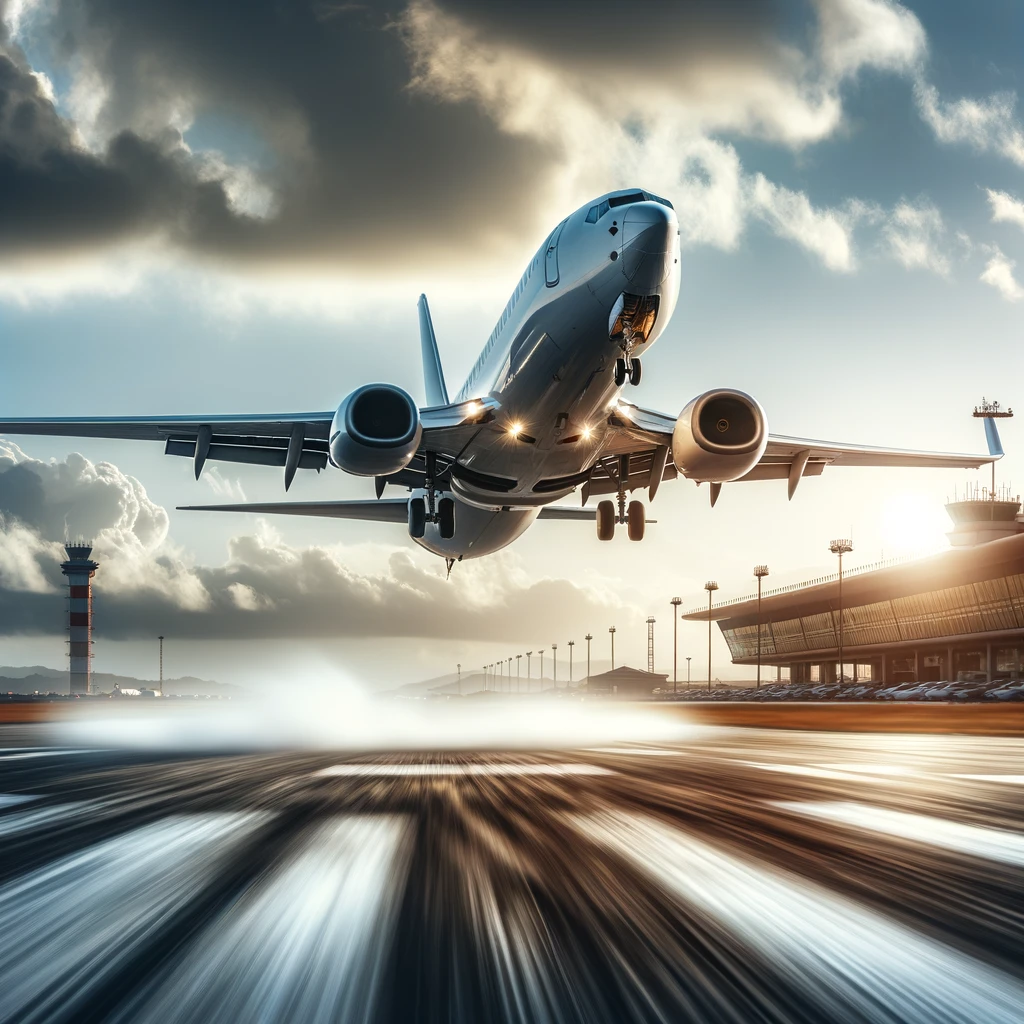
Moreover, Different aircraft types have different speeds of taking off depending on the aircraft type and the weight. However, The typical takeoff speed for a commercial jet is 150-180 mph (241-290 kph. ) plus or minus. Furthermore, Microlights combat size aircraft can be operated at speeds of 40-60 miles per hour (64-97 kilometers per hour). This speed that is necessary for takeoff is called “takeoff speed.” The liftoff speed is inevitable to create the appropriate lift to overtake the object of the craft.
Before each takeoff, all pilots determine their takeoff speeds before their flight. The following factors include runway length, wind velocity, and aircraft weight. That guarantees a secure and reliable launch. For example, a lower takeoff speed might be necessary when the runway is short, or the plane is overweight.
| Type of Aircraft | Takeoff Speed (mph) | Takeoff Speed (kph) | Time to Reach Speed (seconds) | Distance to Reach Speed (feet) |
| Commercial Jet | 150 – 180 | 241 – 290 | 30 – 40 | 5,000 – 7,000 |
| Small Plane | 60 – 80 | 97 – 129 | 10 – 15 | 1,500 – 2,000 |
| Ultralight | 40 – 60 | 64 – 97 | 8 – 12 | 500 – 800 |
| Regional Jet | 120 – 140 | 193 – 225 | 25 – 30 | 4,000 – 5,000 |
| Business Jet | 110 – 130 | 177 – 209 | 20 – 30 | 3,500 – 4,500 |
| Military Fighter | 140 – 165 | 225 – 266 | 15 – 25 | 3,000 – 4,000 |
| Cargo Plane | 130 – 150 | 209 – 241 | 30 – 40 | 5,000 – 6,000 |
Factors Affecting Plane Speed
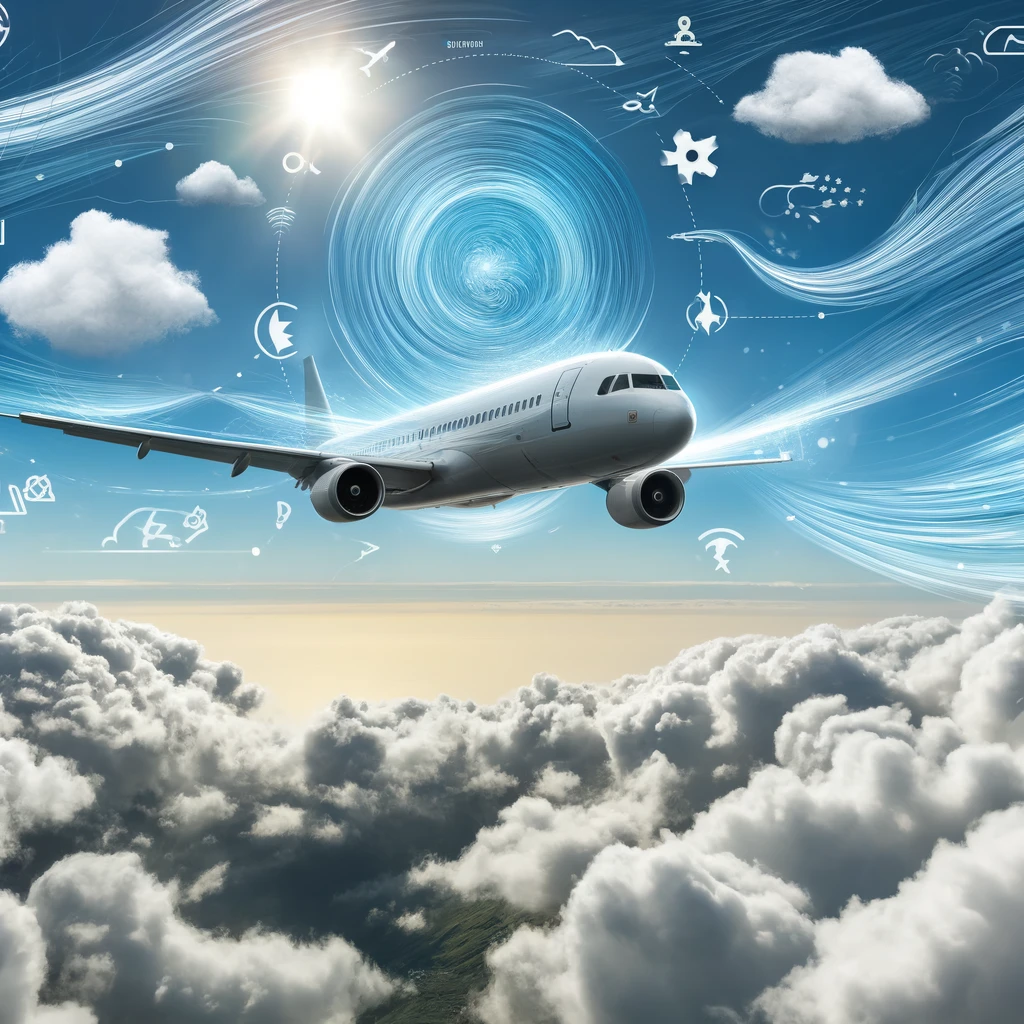
- Aircraft Design: However, The shape and design of an aircraft play a crucial role in its speed. Because Streamlined designs reduce drag and attain high-speed runs.
- Engine Power: Basically, A better engine allows one to travel faster and Modern jets are based on engines that give them more power and efficiency.
- Altitude: Planes generally fly at high altitudes where the air is less dense. This reduces the air resistance, which consequently boosts the speed.
- Weather Conditions: The plane can go faster with the tailwind, but the headwind might slow it down, It will let pilots select the tracks which have wind conditions that are favorable to them.
What Are Chances Of Plane Crash? Discover Truth!
Answering All FAQs About “How Fast Do Planes Go”
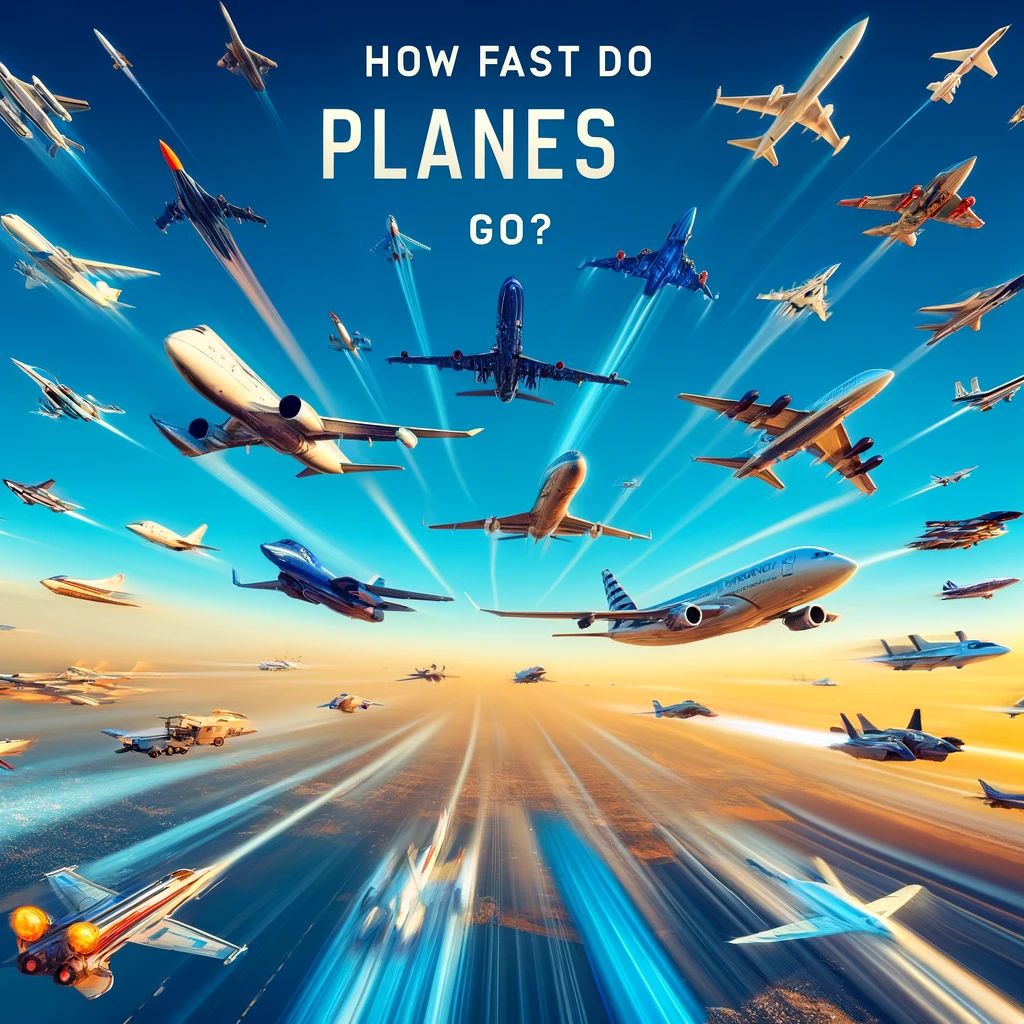
How Fast Do Planes Go in the Air?
Planes typically fly at speeds between 500 and 600 miles per hour while cruising in the air.
How Fast Does a Plane Go on Takeoff?
During takeoff, planes usually accelerate to speeds between 150 and 180 miles per hour.
How Fast Do Commercial Planes Go?
Commercial planes generally cruise at speeds around 500 to 600 miles per hour.
How Fast Is a Plane Going When It Lands?
When landing, planes reduce their speed to approximately 150 to 165 miles per hour.
How Fast Are Planes Going When They Land?
Planes typically land at speeds of 150 to 165 miles per hour.
How Fast Do Airplanes Go?
Basically, Airplanes usually cruise at speeds of 500 to 600 miles per hour.
How Fast Does a Jet Plane Go?
Jet planes cruise at speeds between 500 and 600 miles per hour.
How Fast Does the Fastest Plane Go?
The fastest plane, the SR-71 Blackbird, can reach speeds over 2,100 miles per hour.
How Fast Does a Commercial Plane Go?
A commercial plane typically flies at speeds of 500 to 600 miles per hour.
How Fast Can a Commercial Plane Go?
Commercial planes can reach speeds up to 600 miles per hour.
How Fast Can the Fastest Plane Go?
The fastest plane in the world, the SR-71 Blackbird, can fly over 2,100 miles per hour.
How Fast Do Passenger Planes Go?
Passenger planes usually cruise at speeds of 500 to 600 miles per hour.
How Fast Do Planes Go to Take Off?
Planes need to accelerate to speeds between 150 and 180 miles per hour to take off.
How Fast Is a Plane Going When It Takes Off?
Planes take off at speeds of 150 to 180 miles per hour.
How Fast Does a Plane Go Before Takeoff?
Before takeoff, planes reach speeds of 150 to 180 miles per hour.
How Fast Does a Plane Go in the Air?
Planes cruise at speeds between 500 and 600 miles per hour in the air.
How Fast to Planes Go?
Planes usually fly at speeds of 500 to 600 miles per hour.
How Fast Are Planes Going When They Take Off?
Planes reach speeds of 150 to 180 miles per hour during takeoff.
How Fast Can a Jet Plane Go?
Jet planes can cruise at speeds up to 600 miles per hour.
How Fast Can a Passenger Plane Go?
Passenger planes can reach speeds up to 600 miles per hour.
How Fast Do Planes Go on the Runway?
On the runway, planes accelerate to speeds between 150 and 180 miles per hour.
How Fast Does a Plane Go When Landing?
When landing, planes typically slow to speeds between 150 and 165 miles per hour.
How Fast Can Planes Go?
Planes can reach cruising speeds of up to 600 miles per hour.
How Fast Is a Plane Going at Takeoff?
During takeoff, planes accelerate to speeds of 150 to 180 miles per hour.
How Fast Do Planes Go Before Takeoff?
Planes reach speeds of 150 to 180 miles per hour before takeoff.
How Fast Does a Passenger Plane Go?
Passenger planes typically fly at speeds between 500 and 600 miles per hour.
How Fast Does the Average Plane Go?
The average plane cruises at speeds of 500 to 600 miles per hour.
How Fast Does a Propeller Plane Go?
Propeller planes usually fly at speeds between 200 and 300 miles per hour.
How Fast Are Planes Going?
Planes generally fly at speeds of 500 to 600 miles per hour.
How Fast Are Planes Going in the Air?
In the air, planes cruise at speeds of 500 to 600 miles per hour.
How Fast Can a Plane Go on the Ground?
On the ground, planes accelerate to speeds of 150 to 180 miles per hour during takeoff.
How Fast Can the Blackbird Plane Go?
The SR-71 Blackbird can fly at speeds over 2,100 miles per hour.
How Fast Can the Fastest Plane in the World Go?
The fastest plane in the world, the SR-71 Blackbird, can reach speeds of over 2,100 miles per hour.
How Fast Did the Fastest Plane Go?
The fastest plane, the SR-71 Blackbird, achieved speeds of over 2,100 miles per hour.
How Fast Did the Wright Brothers’ Plane Go?
The Wright brothers’ plane flew at speeds around 30 miles per hour.
How Fast Do Airline Planes Go?
Airline planes cruise at speeds between 500 and 600 miles per hour.
How Fast Do Commercial Planes Go Mph?
Commercial planes typically cruise at speeds of 500 to 600 miles per hour.
How Fast Do Planes Actually Go?
Planes generally cruise at speeds between 500 and 600 miles per hour.
How Fast Do Planes Go at Takeoff?
At takeoff, planes reach speeds of 150 to 180 miles per hour.
How Fast Do Planes Go in the Sky?
In the sky, planes cruise at speeds between 500 and 600 miles per hour.
How Fast Do Planes Go Mph?
Planes typically fly at speeds between 500 and 600 miles per hour.
How Fast Do Planes Go on Takeoff?
Planes accelerate to speeds of 150 to 180 miles per hour during takeoff.
How Fast Do Planes Go When Landing?
Planes land at speeds between 150 and 165 miles per hour.
How Fast Do Planes Have to Go to Take Off?
Planes need to reach speeds of 150 to 180 miles per hour to take off.
How Fast Do Planes Need to Go to Take Off?
Planes must accelerate to speeds of 150 to 180 miles per hour to take off.
How Fast Do Private Planes Go?
Private planes usually cruise at speeds between 400 and 500 miles per hour.
How Fast Do Red Bull Air Race Planes Go?
Red Bull Air Race planes can fly at speeds up to 230 miles per hour.
How Fast Do Small Planes Go?
Small planes typically cruise at speeds between 150 and 200 miles per hour.
How Fast Do Top Gun Planes Go?
“Top Gun” planes can reach speeds over 1,500 miles per hour.
How Fast Does a Cargo Plane Go?
Cargo planes usually fly at speeds between 500 and 600 miles per hour.
How Fast Does a Commercial Plane Go to Take Off?
Commercial planes need to reach speeds of 150 to 180 miles per hour to take off.
How Fast Does a Normal Plane Go?
Normal planes typically fly at speeds between 500 and 600 miles per hour.
How Fast Does a Passenger Plane Go to Take Off?
Passenger planes must reach speeds of 150 to 180 miles per hour to take off.
How Fast Does a Plane Go Before It Takes Off?
Before takeoff, planes accelerate to speeds of 150 to 180 miles per hour.
How Fast Does a Plane Go Down the Runway?
On the runway, planes accelerate to speeds between 150 and 180 miles per hour for takeoff.
How Fast Does a Plane Go During Takeoff?
During takeoff, planes reach speeds of 150 to 180 miles per hour.
How Fast Does a Plane Go in km?
Planes typically cruise at speeds between 800 and 960 kilometers per hour.
How Fast Does a Plane Go in Miles?
Planes cruise at speeds between 500 and 600 miles per hour.
How Fast Does a Plane Go in the Sky?
In the sky, planes typically cruise at speeds between 500 and 600 miles per hour.
How Fast Does a Plane Go on the Runway?
On the runway, planes accelerate to speeds between 150 and 180 miles per hour for takeoff.
How Fast Does a Plane Go When It Takes Off?
Planes reach speeds of 150 to 180 miles per hour during takeoff.
How Fast Does a Plane Have to Go to Fly?
Planes need to accelerate to speeds of 150 to 180 miles per hour to fly.
How Fast Does a Plane Need to Go to Fly?
Planes must reach speeds of 150 to 180 miles per hour to fly.
How Fast Does a Single-Engine Plane Go?
Single-engine planes typically cruise at speeds between 150 and 200 miles per hour.
How Fast Does a Small Plane Go?
Small planes generally cruise at speeds between 150 and 200 miles per hour.
How Fast Does an Average Plane Go?
The average plane flies at speeds between 500 and 600 miles per hour.
How Fast Does the Blackbird Plane Go?
The SR-71 Blackbird can fly at speeds over 2,100 miles per hour.
How Fast Does the Fastest Plane in the World Go?
The fastest plane, the SR-71 Blackbird, can reach speeds over 2,100 miles per hour.
How Fast Pane Goes “Final Thoughts”
A plane can fly at several different speeds based on the aircraft type. Jet aircraft may travel at Mach 0.5 through Mach 0.6, while private jets and military aircraft can go much more quickly. However, Planes that move supersonically and hypersonically are exactly those that take the limit of the speed, showcasing the astonishing progress in aviation technology. Moreover, Make yourself aware of these speeds and the reasons behind them, and take the next level of flight joy. Safe travels!
How To Become A Pilot? “Learn Now & Start Your Journey As A Pilot”

